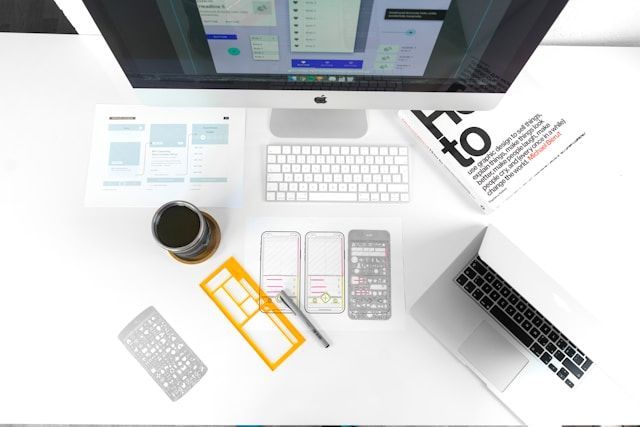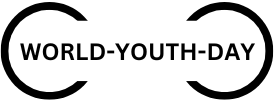Design Process
Understanding the Design Process

The design process is a systematic approach that brings creative ideas to life. It ensures that the final product aligns with the client's goals and meets the needs of the target audience. By following this process, designers can deliver well-crafted and effective solutions. This article explores each stage of the design process in detail.
Research and Discovery
The first step in any design project is research. This phase is crucial for gathering information about the project, the client, and the audience. Understanding the brand’s identity is essential to ensure that the design reflects the correct message. Without thorough research, the project lacks direction, making it difficult to produce a design that resonates with the audience.
During this phase, designers gather details about the client’s goals, competitors, and current market trends. They may also look for visual inspiration to develop ideas. Research provides a strong foundation that allows designers to make informed choices throughout the project. A solid understanding of the brand and its audience leads to more effective designs that capture attention.
Ideation and Concept Development
Once the research is complete, designers move into the ideation phase. This is where the creativity begins. Designers brainstorm and develop multiple ideas to solve the design problem. The goal is to generate a variety of concepts to explore different possibilities. At this stage, quantity is more important than quality; the more ideas, the better.
Designers often create rough sketches or mood boards during this phase. Mood boards help visualize the overall tone of the design and may include a collection of colours, fonts, and images. This gives the designer and the client a clear sense of how the final design might look and feel.
After brainstorming, the best ideas are refined and further developed. By focusing on the strongest concepts, designers can move forward with confidence.
Wireframing and Prototyping
Wireframing and prototyping are crucial stages in the design visit here process. Wireframes are simple, low-fidelity layouts that map out the structure of the design. They focus on the arrangement of elements and user interactions rather than aesthetics. Wireframes are particularly useful in web and app design, where usability is key.
Prototypes are more detailed and give a clearer sense of how the design will function. They allow designers to test interactions and make adjustments before finalizing the design. Prototypes provide a tangible version of the concept, helping designers to spot potential issues early on.
This phase is all about refining the design’s functionality. Wireframes and prototypes ensure that the layout is intuitive and user-friendly. By testing different versions, designers can ensure the final product will meet the audience's needs.
Design and Refinement
Once the wireframes and prototypes are approved, designers begin the actual design phase. This is where the creative vision truly comes to life. Designers select colours, fonts, images, and other elements to create a visually compelling design.
At this stage, every detail matters. Designers must carefully balance layout, spacing, and visual hierarchy to ensure that the design is both attractive and functional. A well-designed layout guides the viewer's eye, making it easier for them to absorb information.
Attention to detail is critical in this phase. Designers often present several versions to the client, incorporating feedback as they refine the design. This collaboration helps ensure that the design meets both the client's expectations and the project goals.
Feedback and Revision
Feedback is a critical component of the design process. After presenting the initial design, designers collect input from the client or stakeholders. This feedback helps identify areas for improvement or aspects of the design that may not align with the project’s goals.
Revisions are made based on this feedback. Sometimes, the revision process involves multiple rounds of changes. It’s essential for designers to stay flexible and open to constructive criticism. The goal is to enhance the design and ensure it satisfies the client's needs.
Collaboration between the client and the designer is key to the success of this phase. Clear communication and a willingness to adapt help create a final design that everyone is happy with.
Finalization and Delivery
After revisions are complete and the client approves the design, it’s time for finalization. Designers prepare the final files, ensuring that they are formatted correctly for the intended platform. This might involve creating print-ready files, preparing web assets, or ensuring the design is optimized for different screen sizes.
Technical considerations are important during this phase. Designers check the color profiles, resolution, and file formats to ensure everything is accurate. Any issues that arise in this phase can affect the quality of the final product.
Delivery can vary depending on the project type. For digital designs, files might be delivered as high-resolution images or as code-ready formats. For print designs, the files must meet the printer’s specifications.
Conclusion
The design process is a carefully structured approach that ensures the final product is both functional and visually appealing. Each phase, from research to delivery, plays a crucial role in the success of the project. By following these steps, designers can create work that resonates with the target audience and meets the client's goals.
Whether working on a branding project, a website, or a marketing campaign, mastering the design process leads to better results. It enables designers to produce well-thought-out, effective designs that communicate clearly and leave a lasting impact.


